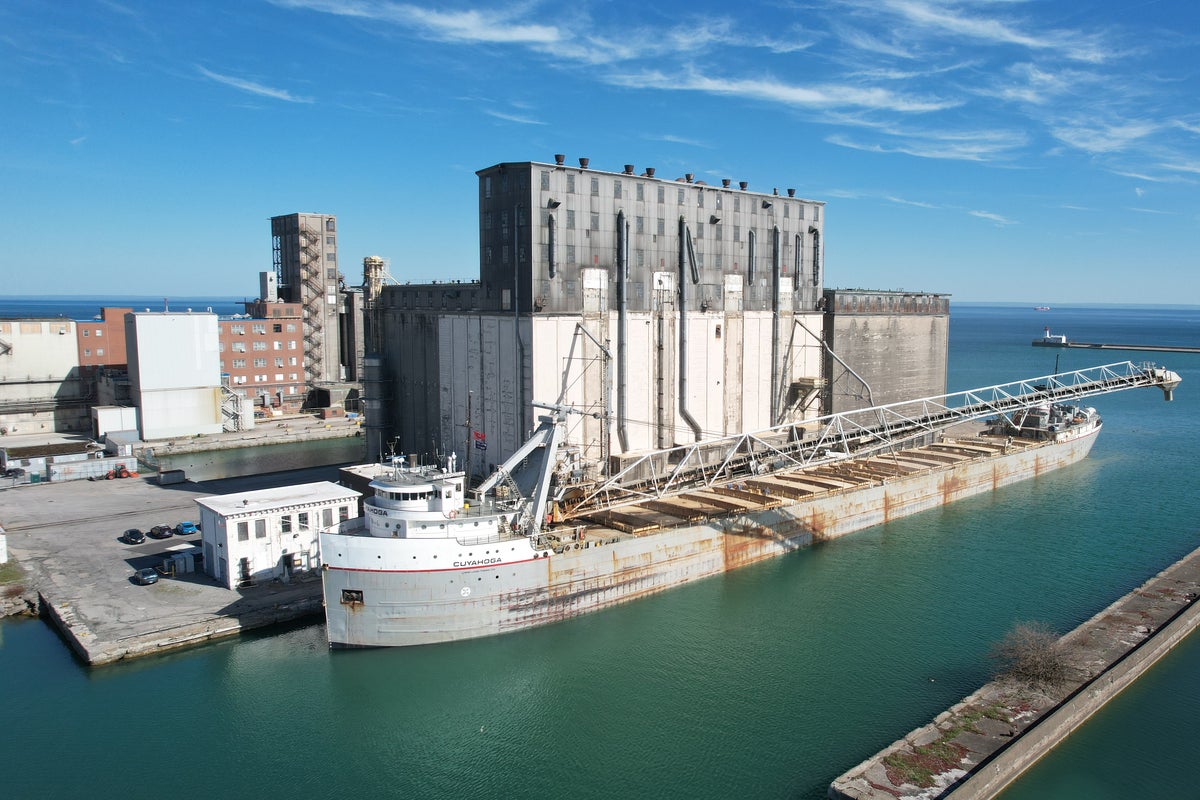A mind-boggling optical illusion has turned an abandoned mill in Canada into an unlikely Internet sensation and a local tourism attraction that “leaves people in awe”.
The structure by Gravelly Bay in Port Colborne, Ontario, has found fame because it appears to get smaller, the closer you get to it.
It’s been dubbed the “Incredible Shrinking Mill” by the city’s tourism board and recent point-of-view social media videos of the effect, shot from passing cars on Lakeshore Road, have gone viral.
One such video shows the mill, near Sugarloaf Marina, looming large in the distance as the clip begins.
The car moves slowly towards the marina along Lakeshore Road, lined with houses and trees, with the mill filling the gap between the trees.
However, the closer the car gets, the smaller the mill appears.
As the filmmaker arrives at the shore of the bay, where the road bends to the left, it shrinks still further until it recedes into the distance.
One social media user described it as a “glitch in the Matrix” and former Port Colborne Mayor Vance Badawey told The Welland Tribune that “when people see it, they’re just in awe”.
He added: “They slow almost to a stop to look at it, and then, nine times out of 10, you see them drive by again a few minutes later.”
What’s causing the mill to “shrink” is an effect called the Ponzo illusion, named after Italian psychologist Mario Ponzo.
He found that the brain can be fooled into thinking that two lines of identical size appear smaller and larger when placed one above the other in between converging lines on either side.
Ponzo discovered that the line at the apex of the converging lines will appear larger than the line below it.
In Port Colborne, the road edges, trees and houses act as those converging lines.
A similar illusion was discovered by German psychologist Hermann Ebbinghaus, who found that two circles identical in size appear to be smaller and larger depending on the size of the circles surrounding them.
The Port Colborne grain terminal served the Great Lakes region for 125 years but has been vacant since the end of 2024.
Locals have been invited to suggest potential future uses for it.

